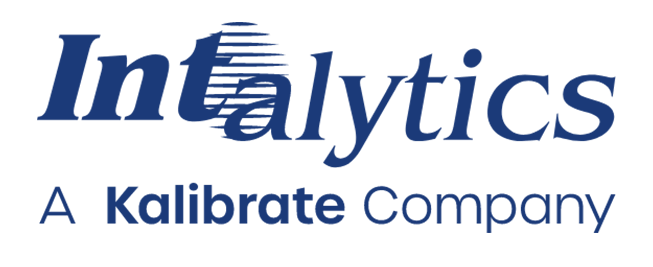Beyond Real Estate – Fully Leveraging Customer Intelligence to Optimize Unit-Level Offerings

The first installment of this series discussed the magnitude of extremely valuable insights that can be derived from the development and application of an Intalytics forecasting model. While the primary objective is often to accurately appraise site deployment potential, the model’s value is severely under-leveraged if its use is limited to supporting real estate decision-making. One additional logical extension of the tool is to quantitatively inform the optimal merchandise mix down to the individual unit level.
Once a new unit has been approved, the subsequent step is to develop the unit’s operational plan. For retailers, paramount among the multiple factors being considered is merchandise mix. Unfortunately, many retailers rely on a limited and often outdated set of merchandising “templates”. These templates rarely differentiate unit-specific offerings in the context of the tastes and preferences of consumers residing within the unit’s trade area.
While obvious tweaks are typical – do not feature lawn tractors in Manhattan home improvement stores – the simplicity of a template approach ignores the more nuanced but no less significant relationships that invariably exist between a consumer’s propensity to purchase certain items and their demography, behaviors, and competitive alternatives present within each trade area.
By combining transactional customer composition data at the SKU or product category level with customer profile data and the other derivatives associated with the forecasting model development, Intalytics is able to identify which merchandise categories are most strongly correlated with variable consumer characteristics. Further, our models account for the impact that consumer proximity and competitive networks will have on each unit’s unique optimal merchandise mix.
As such, “micro” merchandising mix models proactively enable retailers to ensure that merchandise selection will align with the preferences of consumers unique to a new unit’s trade area the day the store opens. Optimal merchandise mix models are also easily be applied to an existing store portfolio to ensure that they too are appropriately stocked, resulting in enhanced consumer satisfaction and ultimately improved store performance.
The applicability of these techniques is not limited to retail. In fact, Intalytics routinely works with healthcare and dental providers to anticipate patient service needs and ensure adequate staffing and equipment availability. Other service providers such as fitness centers, financial institutions, and automotive shops benefit from this analysis to ensure that their products and offerings reflect the variable needs unique to each trade area they serve.
Finally, restaurant and food service operators use these approaches to better anticipate the composition of their patrons by daypart and day-of-week, as well as to identify menu preferences. Leveraging Intalytics models in this capacity ensures that existing and new locations are both optimally positioned and confidently prepared to meet the unique needs of their variable consumer bases.
Interested in understanding how your business can benefit from predictive modeling and customer analytics? Contact us today to discuss how we would approach your business questions.
Related News
Carousel items












